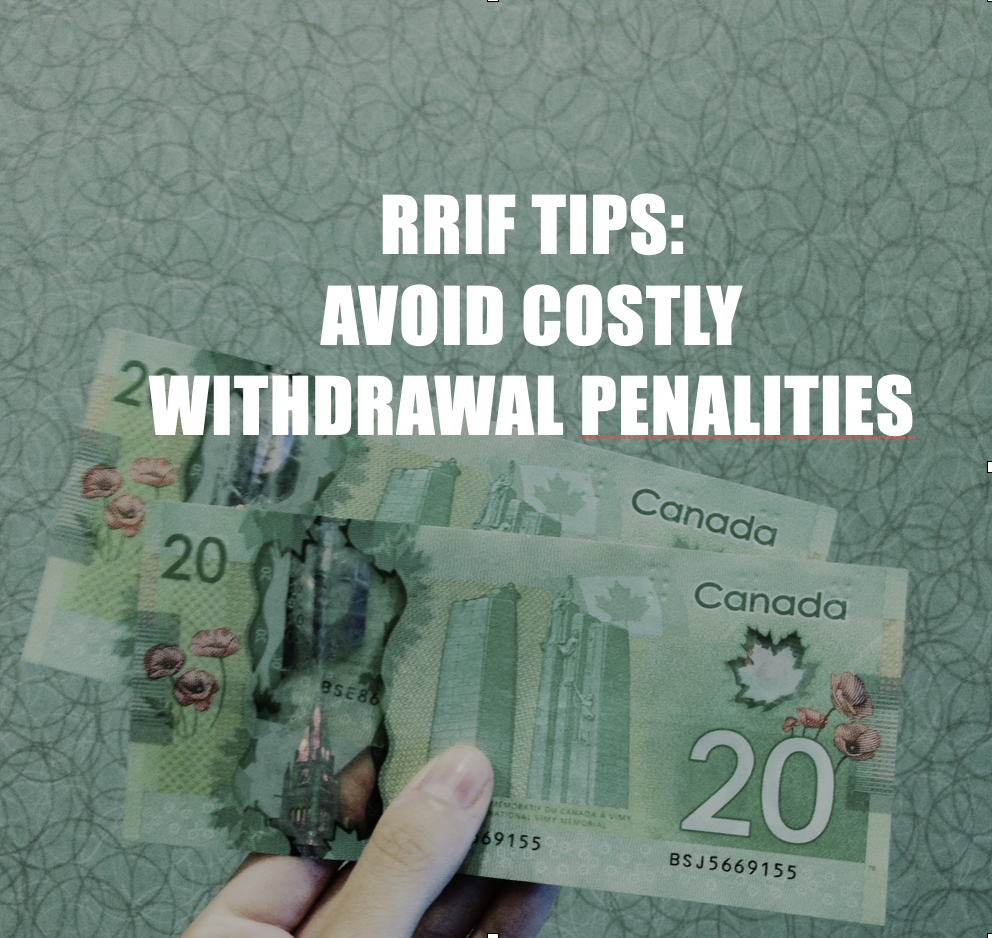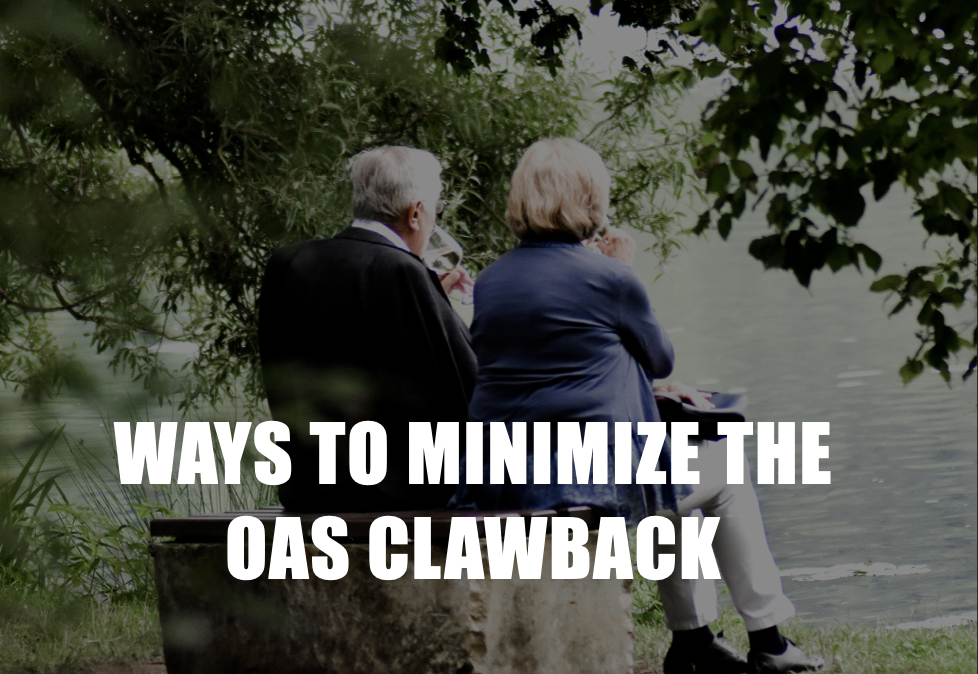Tips for Efficiently Managing RRIF Withdrawals and Avoiding Hefty Penalties
Registered Retirement Savings Plans (RRSPs) eventually have to be taxed as income once withdrawn. Often, after conversion into a Registered Retirement Income Fund (RRIF), a specific percentage must be withdrawn each year. Financial planners have various strategies to reduce taxes on RRIF withdrawals, especially when retired clients seek more income to meet rising costs due to inflation.
A recent example was a physician in his late 60s who was still working. In this situation, we would want him to incorporate his medical practice and retain his earnings within it, while drawing income to pay for living expenses from his RRSP, and later converted to a RRIF. In this case, the physician has reduced his RRSP balance, thereby reducing the income he would eventually take as RRIF withdrawals and building a hefty corporate investment account balance. This strategy gives him more control over how the money exits the corporation and reduces taxes paid on that income. Shifting money out of the RRSP has also reduced projected taxes due on the physician’s estate.
Planning around Old Age Security (OAS) clawbacks is critical when developing a retirement income plan. If clients need to withdraw more than planned from a RRIF at the end of the year, financial planners may advise they borrow from a line of credit to avoid initiating the OAS clawback and then repay the debt with a RRIF withdrawal in January.
Taking full advantage of someone’s marginal tax rate can be a way to reduce taxes on RRIF withdrawals over the long term. Instead of sticking to the minimum, advisors often suggest increasing withdrawals from a RRIF, so clients take out as much as they can at their current marginal rate. This approach is often more tax-efficient than deferring taxes as long as possible, only to pay the highest marginal rate as someone hits higher withdrawal minimums into their 90s or passes away with a large RRIF balance.
Planning for RRIF withdrawals starts when clients start contributing to their RRSPs. Throughout those wealth accumulation years, it’s critical to consider when and how much it makes sense to contribute with an eye toward future withdrawals. Financial planners also aim to smooth out a client’s income over time, which requires conversations about anticipated expenses and tax-triggering events. It’s a dynamic process, and advisors stay connected with clients to know when significant changes occur.



